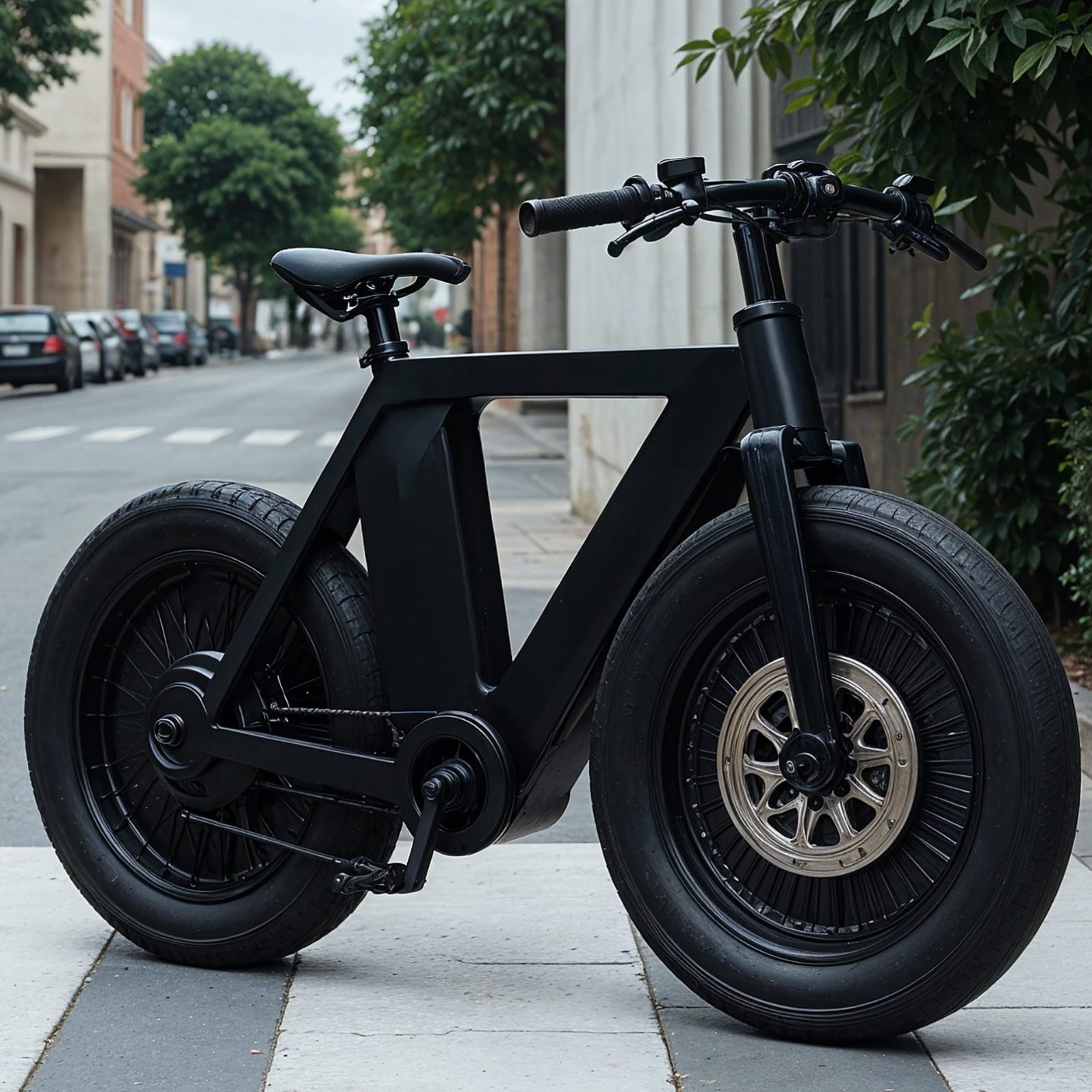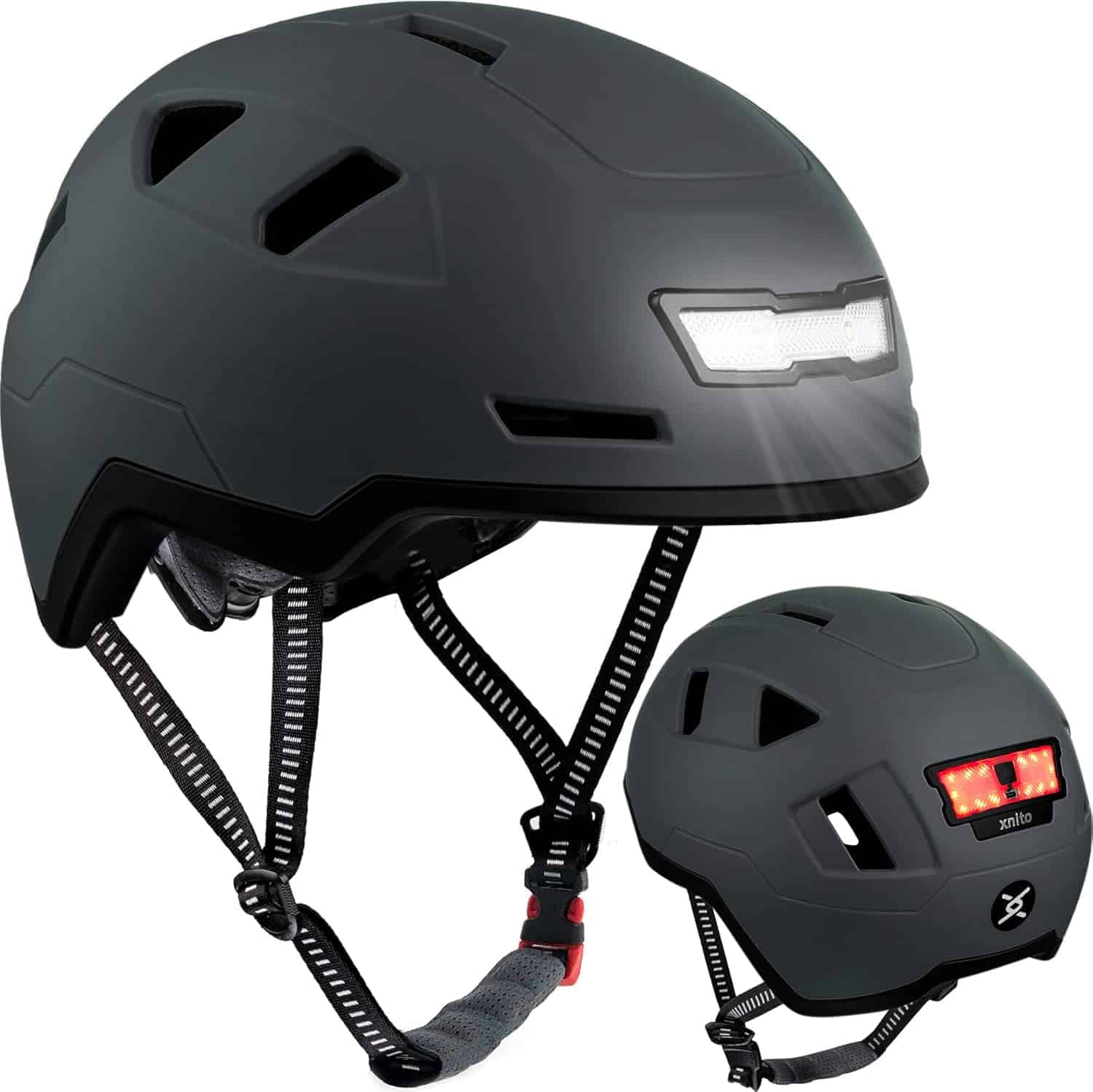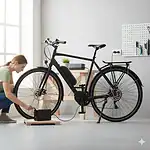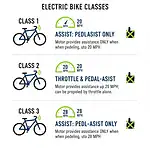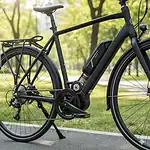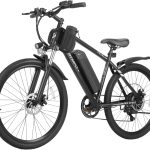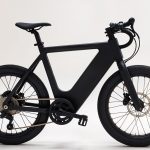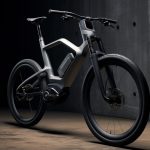Find the Best Electric Bikes for Sale in 2025
Electric bikes make daily rides easier, faster, and a lot more fun. The hard part is choosing the right one. Specs can be confusing—hub vs mid-drive, 48V vs 36V, Class 1–3, fat tires, folding frames, and more.
This buying guide breaks it all down in plain English. You’ll learn how to pick the motor, battery, range, fit, and safety features that match your routes. We also include Amazon-available picks for commuting, folding portability, and fat-tire versatility.
Quick Picks:
• Daily Commuter: Heybike Cityrun — balanced power, commuter build
• Folding + Power: Heybike Mars 2.0 — compact, punchy assist
• Fat-Tire All-Rounder: VELOWAVE Ranger 750W (BAFANG) — power + stability
• Budget Folding: Jasion EB7 2.0/ST — starter folder with UL-noted listing
• Entry e-MTB/Hybrid: ANCHEER 26″ 500W (peak 750W) — light trails + commute
• Fat-Tire Value 26″: ECOTRIC 26″ 750W — beach/snow funNo extra cost to you — commissions help us test and keep this guide accurate.
Quick Comparison Table
Our Pick
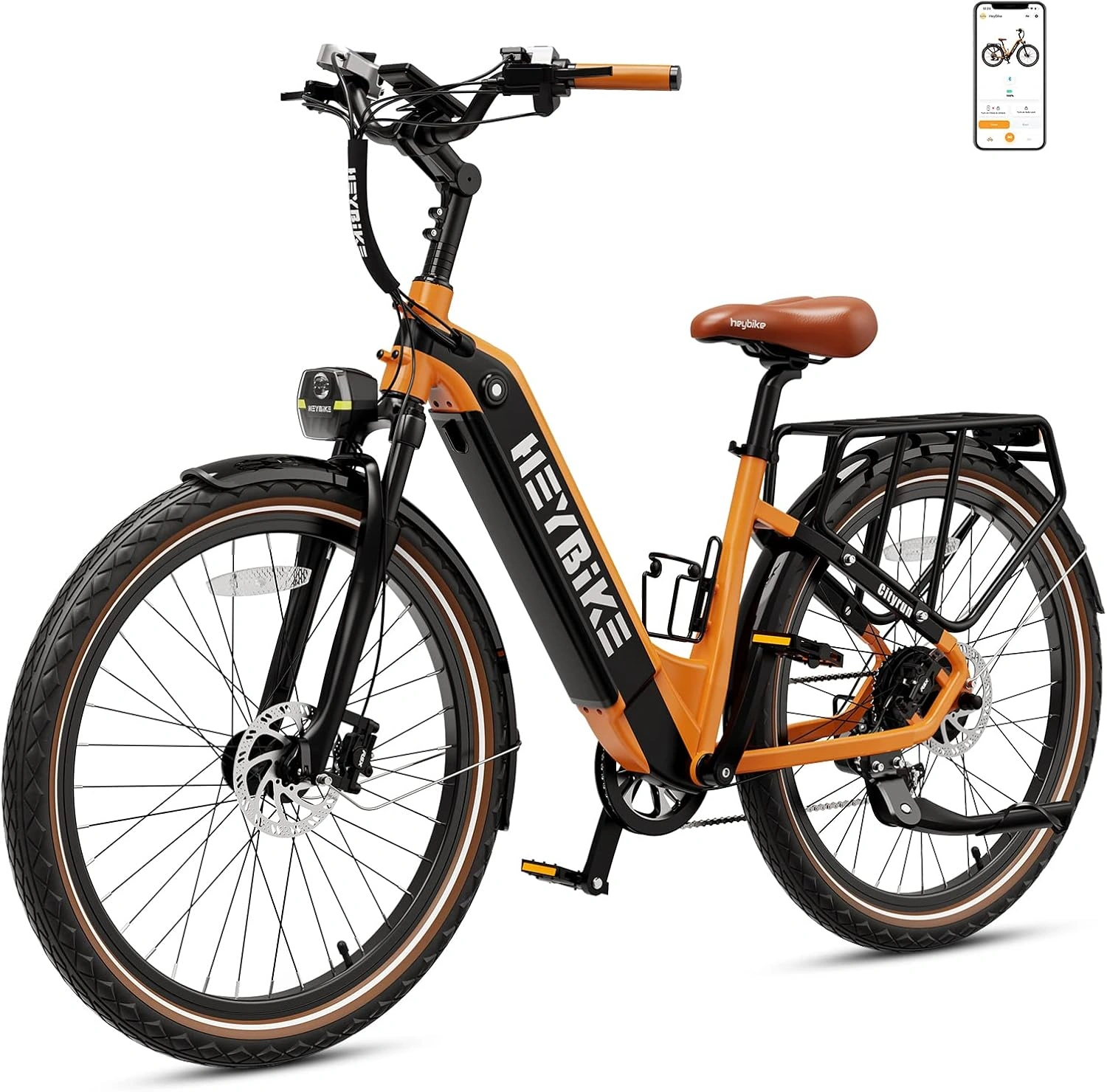 Heybike Cityrun |
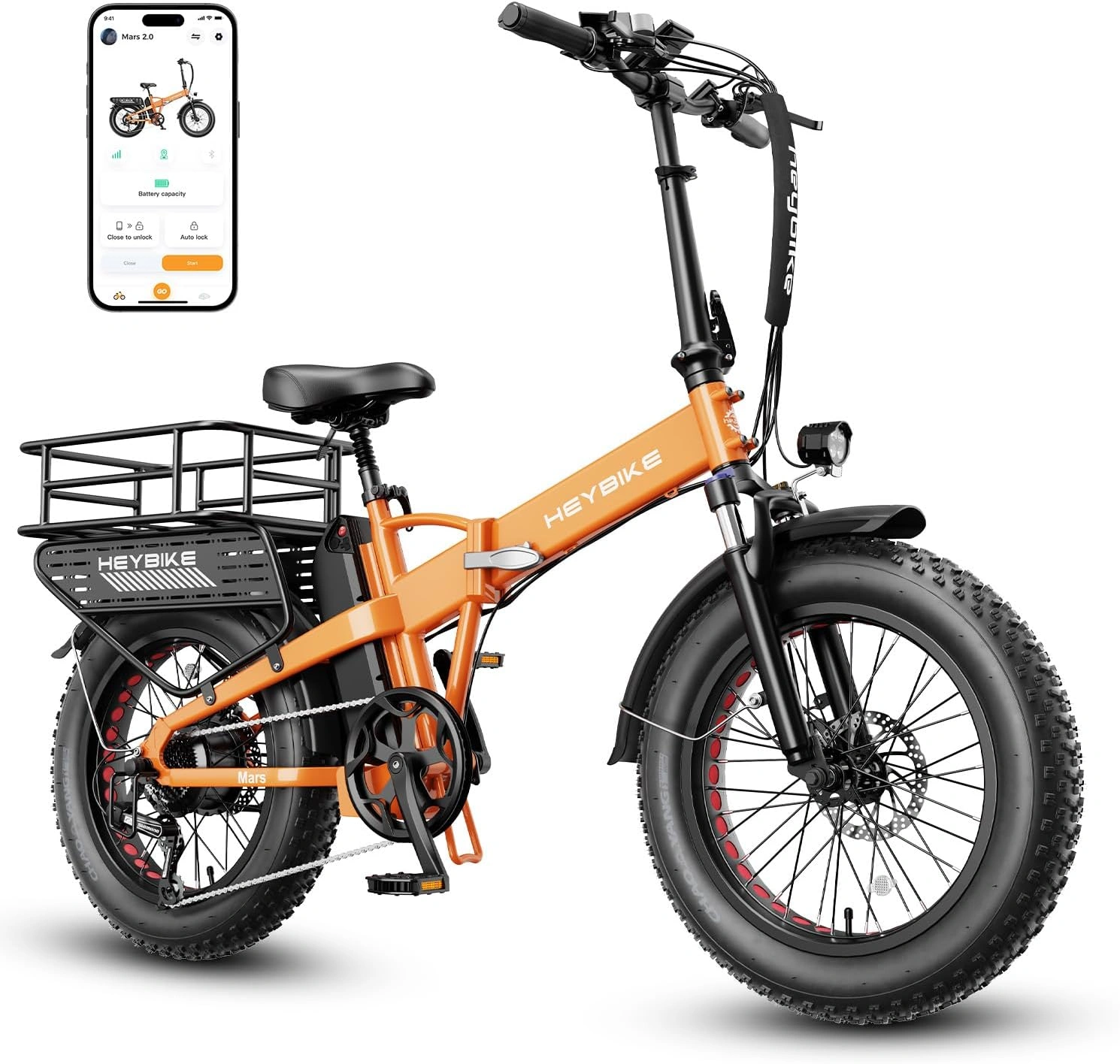 Heybike Mars 2.0 |
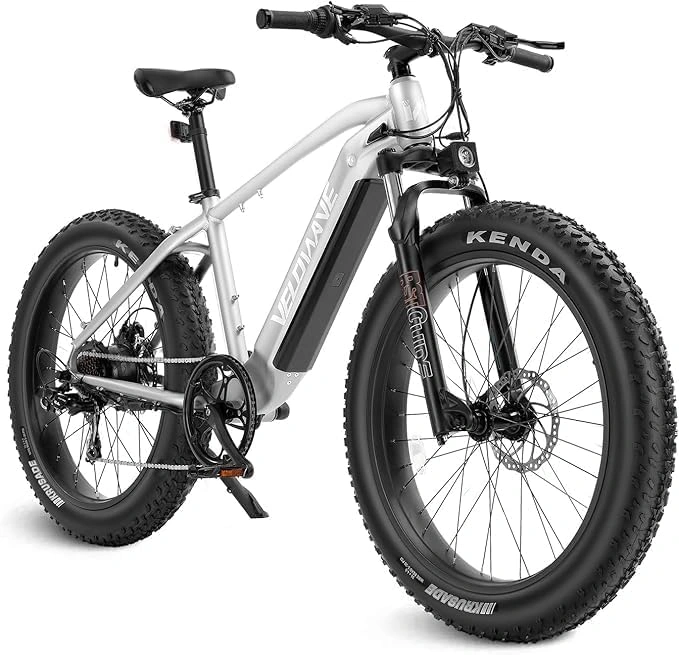 VELOWAVE Ranger 750W (BAFANG) |
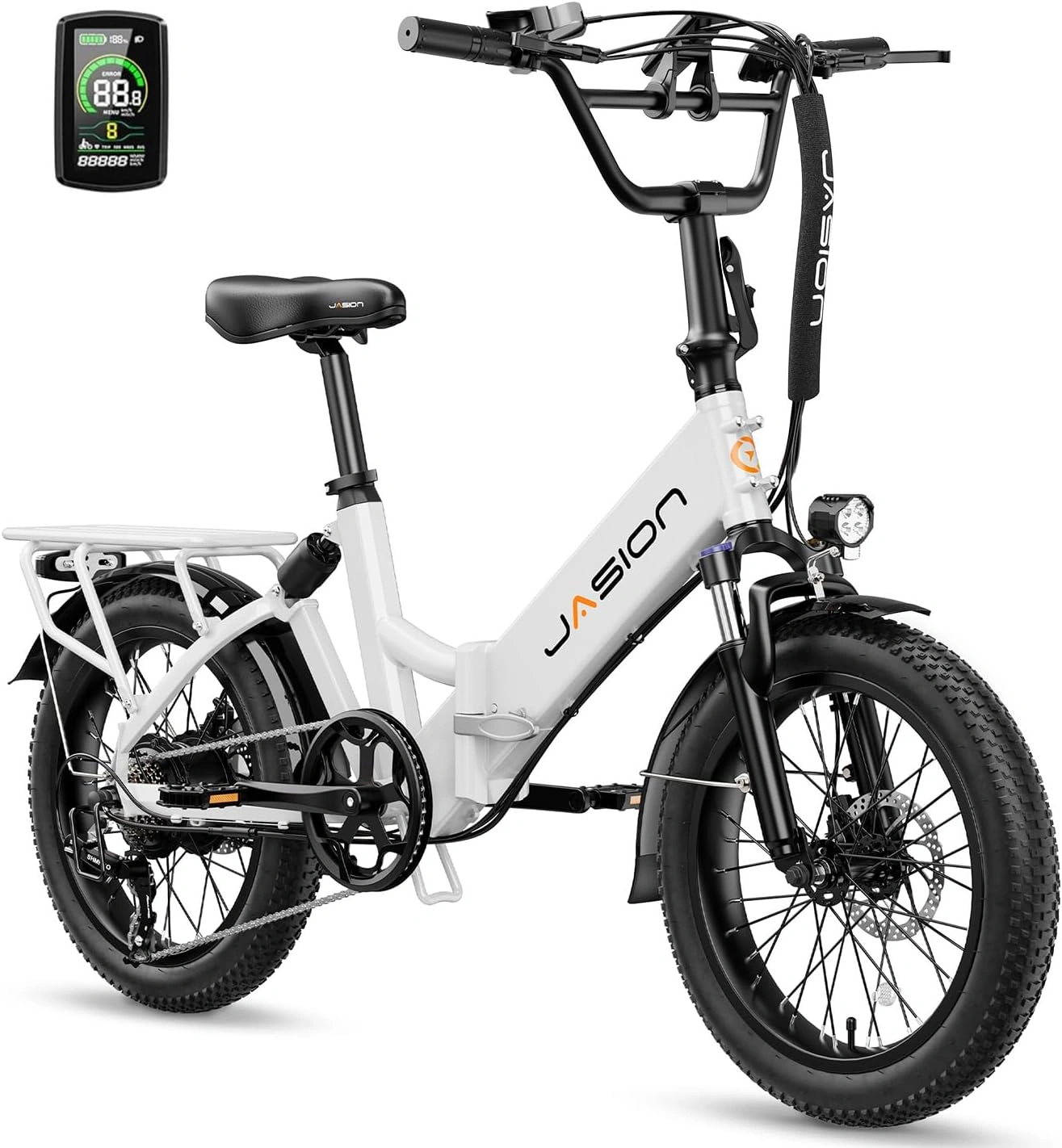 Jasion EB7 2.0/ST |
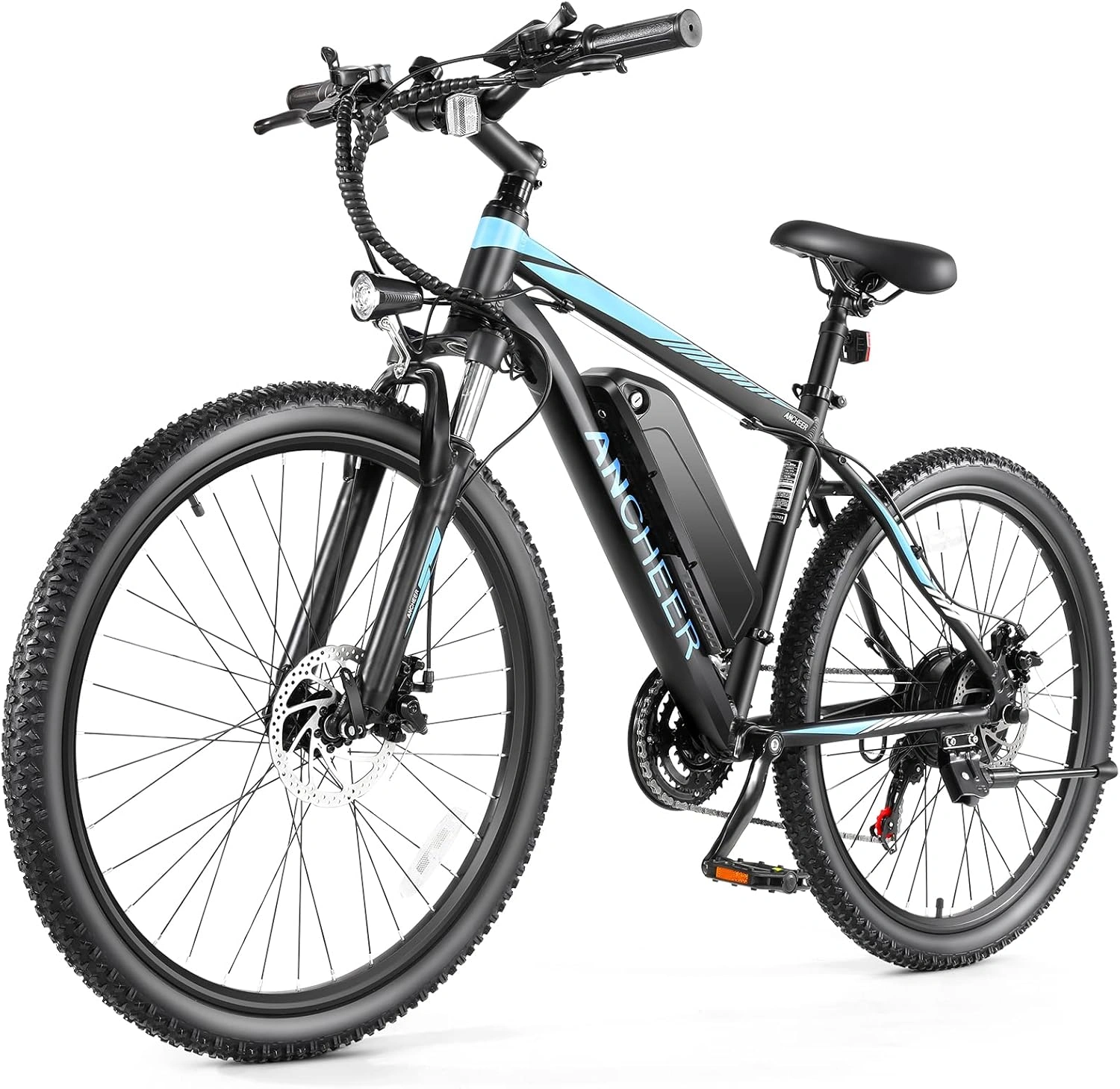 ANCHEER 26″ |
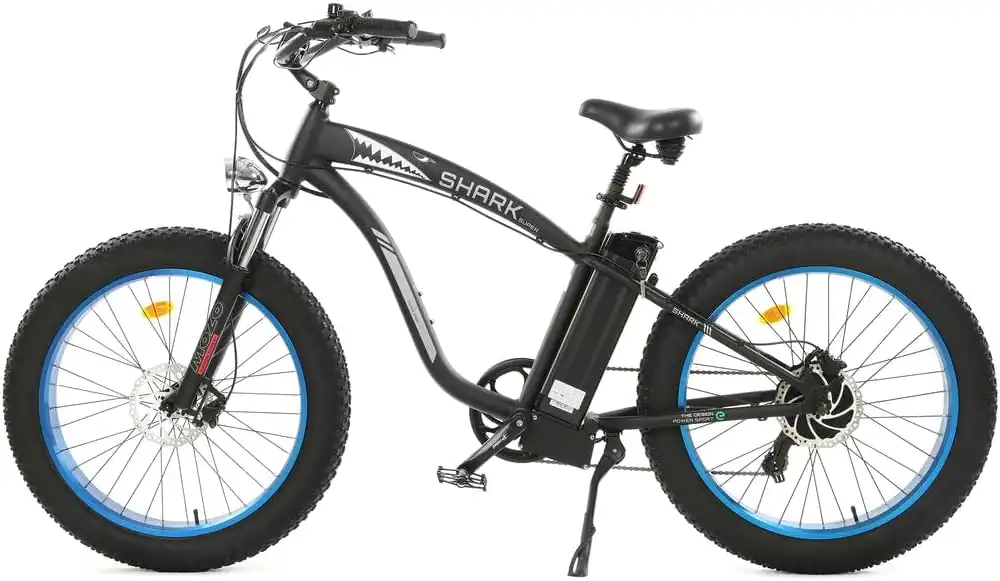 ECOTRIC 26″ |
|
|---|---|---|---|---|---|---|
| Model | Hub 500–1000W peak | Hub 750W (1 400W peak) | Hub 750W (1200W peak) | Hub up to ~1200W peak | Hub 500W (peak 750W) | Hub 750W Fat‑Tire |
| Motor/Battery | 48V 15Ah | 48V ~600Wh | 48V 15Ah | 48V 10Ah | 48V ~499Wh; fast charge ~3.5h | 48V 12.5Ah |
| Claimed Range | up to ~60 miles (PAS) | up to class‑3 speeds | up to ~28+ mph | folding, dual suspension | Up to ~55 miles (PAS) | 20+ miles, throttle (varies) |
| Weight | ~60–65 lb | ~75 lb | ~70 lb | ~65 lb | ~55–60 lb | ~70 lb |
| Pros | App, fast charge, commuter setup | Folding fat‑tire, punchy | BAFANG motor, capable | Budget‑friendly, UL noted | Value MTB spec, UL mentions in line | Beach/snow capability |
| Cons | Heavy for carrying | Heavier; small wheels | Bulky tires add weight | Shorter range | Entry components | Heavy; wide tires |
| Best For | Daily city commuting | Portability + power | Versatile fat‑tire | Budget folding riders | First e‑MTB/commute | Sand/snow fun, mixed use |
Short on time? Start with the quick how‑to choose version.
As an Amazon Associate, I earn from qualifying purchases. This comes at no extra cost to you and helps us keep creating honest, helpful reviews. We only recommend products we truly believe in.
Pick Your Class (Legal Speed & Assist)
Class 1: Pedal-assist only, up to ~20 mph.
Class 2: Pedal-assist + throttle, up to ~20 mph.
Class 3: Pedal-assist up to ~28 mph (throttle rules vary).
Tip: Always check local rules for bike lanes, paths, age and helmet requirements.
Choose Your Motor Type
Rear Hub
- Pros: Great value, simple maintenance, strong assist on flats.
- Cons: Less natural pedaling feel than mid-drive; can spin on steep climbs.
Mid-Drive
- Pros: Best hill-climbing torque, more “bike-like” pedaling, uses gears well.
- Cons: Higher price; more complex maintenance.
Quick rule of thumb: Mostly flat city routes and budget-first → hub. Hilly routes and natural feel → mid-drive.
Step 3: Battery, Voltage & Real-World Range
- Look at voltage (V) and capacity (Ah/Wh). A practical sweet spot is 48V with 10–20Ah.
- Real range depends on rider weight, terrain, wind, tire pressure, assist level, and throttle use.
- PAS gets more miles than using throttle alone.
- Prefer removable batteries for easy charging and security.
Everyday range goals:
- Short trips & errands: ~20–30 miles
- Mixed commute with hills: ~30–50 miles
- Long recreational rides: 50+ miles (aim for higher Wh)
Step 4: Fit, Comfort & Weight
- Frame style: Step-through for easy mounting; step-over for stiffness.
- Contact points: Handlebar height/width, saddle comfort, grips, and pedal clearance.
- Weight: Folding and fat-tire bikes can run 60–75 lb. If you carry it upstairs, consider a lighter commuter or secure ground-floor storage.
Step 5: Brakes, Gearing & Tires
- Brakes: Hydraulic disc > mechanical disc for power and feel.
- Gears: 7–9 speeds are common; more gears help on hills.
- Tires:
- Commuter 26–29″ (1.9–2.5″): efficient on pavement.
- Fat 20–26″ (3–4″): comfort + traction on sand/snow; slower on pavement.
- Folding 20″: compact and stable at lower speeds; twitchier above ~20 mph.
Step 6: Safety, UL & Assembly Best Practices
- Prefer listings that mention UL 2849 (e-bike system) or UL-noted components.
- Use the OEM charger and avoid extreme heat/cold.
- Storage for weeks? Keep the battery around 50–70% and in a dry, cool place.
- First setup: torque check on stem/handlebar/axles, adjust brakes and gears, and bed-in new pads.
Step 7: Budget & Ownership Costs
- Under $800–$1,000: Entry hub-drives, smaller batteries, good for short commutes.
- $1,000–$1,800: Bigger batteries, better brakes, often racks/fenders included.
- $1,800+: Higher Wh, upgraded components, premium ride feel.
TCO: budget for tubes/tires, brake pads, chain/cassette, lights, lock, helmet, rack/bags.
Recommended Amazon Picks (by use-case)
Heybike Cityrun (Commuter Choice)

A ready-to-ride city bike with fenders, rack, bright lights, and app control. The 48V battery supports practical daily range in PAS, and hydraulic brakes keep stopping smooth.
Pros: commuter kit included; upright comfort; hydraulic discs
Cons: not light to carry; not for technical trails
Heybike Mars 2.0 (Folding + Power)

Compact, folding frame meets fat-tire grip for mixed surfaces. Zippy hub assist and class-3 style speeds (as listed) make short urban hops a breeze.
Pros: folds fast; stable on sand/gravel; punchy assist
Cons: heavy for stairs; 20″ wheels feel twitchier fast
VELOWAVE Ranger 750W (BAFANG) — Fat-Tire All-Rounder

A BAFANG hub with an integrated 48V pack gives confident acceleration and range. Great for park paths and weekday commutes alike.
Pros: strong motor feel; planted ride; mixed-use friendly
Cons: heavier and slower-rolling on pavement
Jasion EB7 2.0/ST — Budget Folding Starter
Dual-suspension folder with a UL-noted listing and step-through option. Ideal for first-time riders who need compact storage (See on Amazon).
See our take → Best Electric Bikes – Jasion EB7 2.0/ST
ANCHEER 26″ 500W (Peak 750W) — Entry e-MTB/Hybrid
Affordable “do-it-all” for pavement and easy paths; listing cites up to ~55 miles PAS and quick charging (See on Amazon).
See our take → Best Electric Bikes – ANCHEER 26″ 500W
ECOTRIC 26″ 750W Fat-Tire — Sand/Snow Value
Fat 26″ tires bring traction and fun on sand or light snow; throttle-only range is modest—PAS stretches it (See on Amazon).
See our take → Best Electric Bikes – ECOTRIC 26″ 750W
Accessories That Matter (small budget, big impact)
- Helmet (commuter style; look for lights/reflective details)
- U-lock + cable or folding lock
- Fenders & rear rack/bags (if not included)
- Lights: 400–800 lm front; flashing rear
- Floor pump with gauge, multi-tool, spare tubes
- Phone mount (if you use navigation)
Setup & First Ride Checklist (5-minute win)
- Inflate tires to recommended PSI.
- Torque check: stem, handlebar, seatpost, racks.
- Brake test: bed-in pads; confirm lever feel.
- Shift test: adjust barrel if gears click.
- Battery: full initial charge; follow charger notes.
- Test loop: start in low PAS, learn throttle behavior, then adjust fit.
FAQs
If you ride 5–10 miles a day, a 48V battery with ~12–15Ah is enough. Longer rides, hills, and heavier loads benefit from 15–20Ah.
Hub motors dominate Amazon for cost and simplicity. Mid-drives climb better and feel more natural, but they’re pricier and less common on Amazon.
In most U.S. states Class 1–2 don’t require a license. Always check local rules for your city or trail network.
Yes if you need to store or carry the bike in tight spaces. Note they’re often heavier and use smaller wheels that feel twitchier at high speeds.
A safety standard for e-bike electrical systems. It’s wise to pick listings that mention UL 2849 or UL-noted components.
Conclusion: Match the Bike to Your Routes
Choose your class, motor type, and battery around your actual routes. If you want a ready-to-ride commuter, the Heybike Cityrun is a strong first pick. Need compact storage and extra grip? Heybike Mars 2.0 folds and still moves. For mixed terrain, the VELOWAVE Ranger 750W is a confident fat-tire choice. Budget shoppers can start with Jasion EB7 2.0/ST (folding) or ANCHEER 26″ (hybrid/entry e-MTB), while ECOTRIC 26″ brings fat-tire fun for sand and snow.
Next step: Choose the model that fits your daily ride, then use the checklist above to set it up right.
